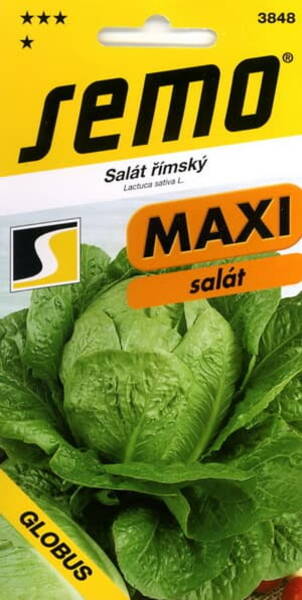Black Friday!
Discount on all products -23% only November 28-30!
Ex Tax: 169.15€
A head type of romaine lettuce. In terms of its properties, romaine is similar to late-ripening varieties of head lettuce,
but differs from them in unpretentiousness, resistance to shooting, longer storage time.
Roman lettuce is cold-resistant, well-hardened seedlings can withstand temperatures as low as -3°C.
But during the period of head formation, even the lightest frosts adversely affect the further growth of plants.
Roman lettuce is very picky about high light, although it can adapt to very little shading.
Shaded places are not suitable for it, because with a lack of light, heads of cabbage form small and very loose.
Like all head lettuces, Roman lettuce is demanding on high soil moisture, but does not tolerate waterlogging,
since prolonged rains lead to rotting of plants.
At the same time, the lack of moisture in the soil negatively affects the size and density of the head and can cause premature stalking of plants.
At the same time, the leaves are very bitter and not suitable for everyone's taste.
Eng.: Cos lettuce. Suom.: Sidesalaatti. Sven.: Romersksallat, Romansallat, cossallat och bindsallat. Bot. syn.: Lactuca sativa longifolia.
* The homeland of this plant is the island of Kos from the Greek archipelago, so it is no coincidence that in England it is called “kos-lettuce”.
According to biological features, it is very similar to head lettuce, but differs from it in the shape of leaves and head.
Its leaves are from light green to dark, grayish-green, erect, harsh,
up to 30 cm long and up to 12 cm wide, fleshy, crispy, juicy, directed vertically upwards.
The leaves form large, loose heads of elongated oval shape, sometimes two heads in one rosette.
Moreover, the plant itself rather weakly curls the head, and for better performance it is done artificially, tying the leaves over the center of the plant.
These heads of cabbage have exceptionally high taste qualities and are in great demand in the USA and Western Europe.













